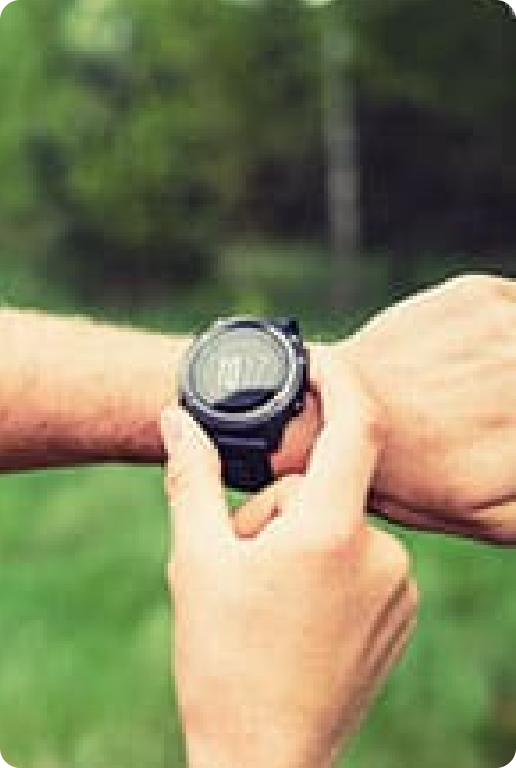Do you need a nap every day? Or at least, wish you could take a nap because you’re so tired during the afternoon?
If so, you’re not alone.
I have a couple tips for feeling more awake during the day – and as you might have guessed, they have to do with the connection between your body’s circadian rhythm and sleep.
The reality is that when I was in my teens, I used to take naps every day. I would actually bury my head under my pillow and take a two-hour nap when I got home from school, especially when I was in university.
I wasted quite a bit of time sleeping.
I want to give you a really simple sleep hack that will – over the course of a couple days or maybe a week or two – make a dramatic difference in how you feel when you get up in the morning and also throughout the day.
It’s a healthy habit that will leave you feeling more energized during the day.
Your Circadian Rhythm and Sleep
Here is first tip: it’s really simple. In fact, it’s so simple that when you read it, you’ll probably laugh.
Go to bed and wake up at the same time every single day.
That’s it.
If you stopped reading right now and started that sleep-hygiene habit, it would change your life.
Why and how does this work?
Because it’s all about the tie-in between your body’s circadian rhythm and sleep.
Your body has natural hormonal rhythms throughout the day, and when you can go to bed and wake up at the same time, you allow your body to operate as it’s supposed to.
Naturally, we’re supposed to go to bed when it gets dark and wake up when it gets light.
At nighttime, we have a lot of sleep-inducing melatonin; in the morning, we have high levels of energy-revving cortisol.
Unfortunately, nowadays that’s kind of flipped around because a lot of us stay up late at night – past 10, 11, or even 12 o’clock – in front of lights, in front of the TV, in front of the computer.
The nighttime exposure to light decreases melatonin and increases cortisol, which directly works against our sleep patterns.
So, what you want to do is try to go bed around 10 to 10:30 p.m. at the latest and wake up the next day around 6 or 6:30 a.m.
Try to maintain that same schedule.
It doesn’t have to be those exact times, but try to maintain your set bedtime and wakeup time every day, seven days a week.
That alone will make a huge difference in how you feel throughout the day and in the quality of your sleep.
Let There Be Darkness
The second tip has to do with the amount of light you’re exposed to before you go to bed.
Basically, the less, the better. I recommend that about thirty to sixty minutes before you go to bed, you try to turn off your lights.
I know this is easier said than done for a lot of us. I completely get it.
At the very minimum, get away from the computer and TV. The blue light from the computer and TV is the major nighttime culprit when it comes to disrupting melatonin production in our brains.
Two Tips to More Sleep
If you’re finding yourself drowsy and fatigued during the day, implementing those two little tactics should have you sleeping better at night so you are peppier when you wake up.
At the very minimum, go to bed and wake up at the same time.
Try to get away from the TV and computer before you go to bed. It’ll make a huge difference in the quality of your sleep.
If you sleep better, you recover better, and you feel more energized.
Tired All the Time?
If you’re feeling tired and drowsy during the day, check out my proven three-step formula that will help you feel more energized in less than a week.
So far more than 26,273 tired men and women have felt the difference! Download it now for FREE by clicking the banner below.





